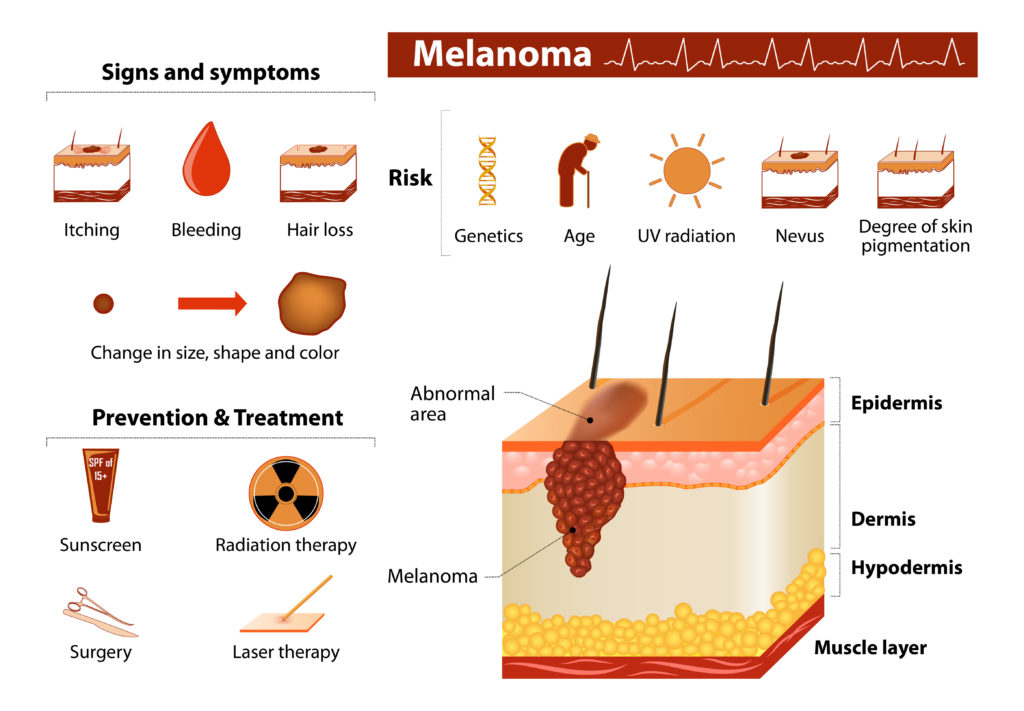
Age spots, also known as liver spots or sun spots, are common, harmless skin lesions that are caused by sun exposure. They typically appear on areas of the skin that have been exposed to the sun, such as the face, hands, and forearms. Age spots are usually flat, oval-shaped, and brown or gray in color. They can vary in size, from a few millimeters to several centimeters in diameter.
Skin cancer, on the other hand, is a malignant growth of skin cells. It is the most common type of cancer, and it can be life-threatening if not detected and treated early. There are three main types of skin cancer: basal cell carcinoma, squamous cell carcinoma, and melanoma. Basal cell carcinoma and squamous cell carcinoma are the most common types of skin cancer, and they are usually curable if treated early. Melanoma is the most serious type of skin cancer, and it can be deadly if not treated early.
How to Tell the Difference Between Age Spots and Skin Cancer

There are a few key differences between age spots and skin cancer that can help you tell them apart. Here is a table summarizing the key differences:
| Feature | Age spots | Skin cancer |
|---|---|---|
| Color | Brown, gray, or tan | Can be any color, including black, brown, pink, red, or white |
| Shape | Flat, oval-shaped | Can be flat, irregular, or raised |
| Size | Typically a few millimeters to several centimeters in diameter | Can vary in size |
| Border | Smooth, even border | Can have an irregular, uneven border |
| Surface | Smooth | Can be bumpy, scaly, or crusty |
| Pain | Painless | May be painful or tender |
| Appearance | Change slowly over time | May change rapidly in size, shape, or color |
When to See a Doctor
It is important to see a doctor if you are concerned about a spot on your skin, even if you think it is an age spot. Early detection and treatment of skin cancer can save your life.
Here are some signs that you should see a doctor:
- A spot that is new, changing, or bleeding
- A spot that is larger than 6 millimeters in diameter
- A spot that has an irregular border or an uneven color
- A spot that is painful or tender
- A spot that looks like a mole but has changed in appearance
Preventing Age Spots and Skin Cancer
The best way to prevent age spots and skin cancer is to protect your skin from the sun. Here are some tips for sun protection:
- Limit your time in the sun, especially between 10 a.m. and 4 p.m. when the sun’s rays are strongest.
- Wear sunscreen with an SPF of 30 or higher every day, even on cloudy days.
- Apply sunscreen generously and evenly to all exposed skin, including your ears, lips, and neck.
- Reapply sunscreen every two hours, or more often if you are sweating or swimming.
- Wear protective clothing, such as a wide-brimmed hat and sunglasses, to further protect your skin from the sun.
By following these tips, you can help to reduce your risk of developing age spots and skin cancer.